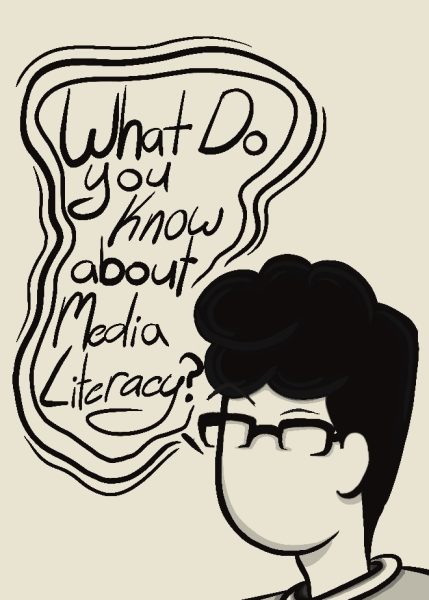Foreword: The environment and racialized development
After nearly two years of societal upheaval due, in large part, to the COVID-19 pandemic, it can be easy to push anything not of the most immediate importance to the back of the mind.
When a school closes for lack of staff and parents have to scramble to find someone to supervise their kids, or a job site shuts down leaving employees at a loss to find money for bills, or, god forbid, a tornado wreaks destruction on a town, as DE Editor Sophie Whitten recorded in Kentucky, the first thought isn’t ‘let’s analyze the decisions and structures that led us here.’
Generally it’s to act, and survive.
Advertisement
At some point, we do need to step back and figure out just how things got this bad.
This special edition of the paper is focused on environmental issues, with a focus on environmental racism, and the anticlimactic, slow-moving catastrophes that rarely become a priority.
Environmental racism is defined, broadly, as the disproportionate impact of human-originated environmental hazards on communities of color.
We can see those impacts across the world, as industrial production has altered and intensified global weather patterns, and in our own backyards, where nutritious food is often inaccessible, divestment from social services breeds desperation and violence, and toxic runoff infiltrates our water and soil.
These problems are the result of a line of decisions in the US and other countries that can be traced back centuries.
Theft of land from indigenous people, chattel slavery, and a capital-driven economy concentrated immense wealth in the hands of very few people, and, despite numerous reforms, inequalities in land distribution, political access, and well-paid work persist to this day.
Despite many obstacles, numerous groups are making an effort to foster cooperation over competition in their communities in an effort to restore health and stability.
Advertisement*
Just a few of those struggles are highlighted in this edition.
Advertisement













